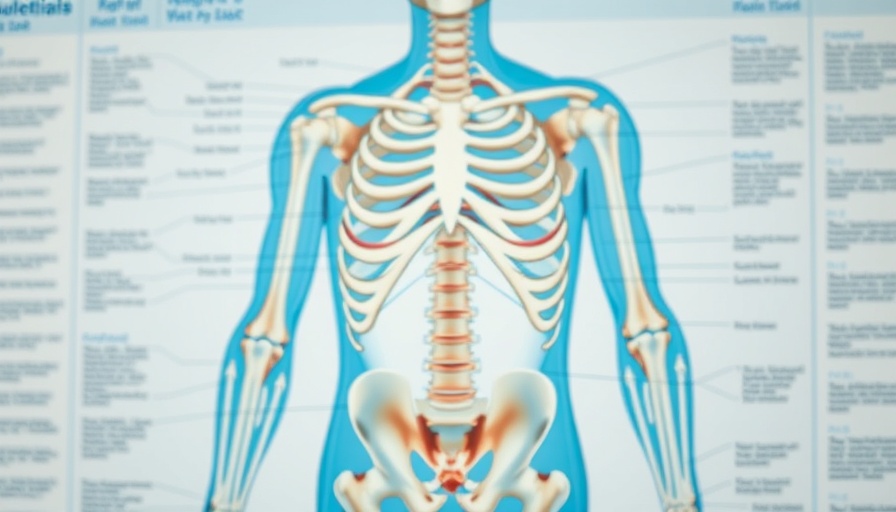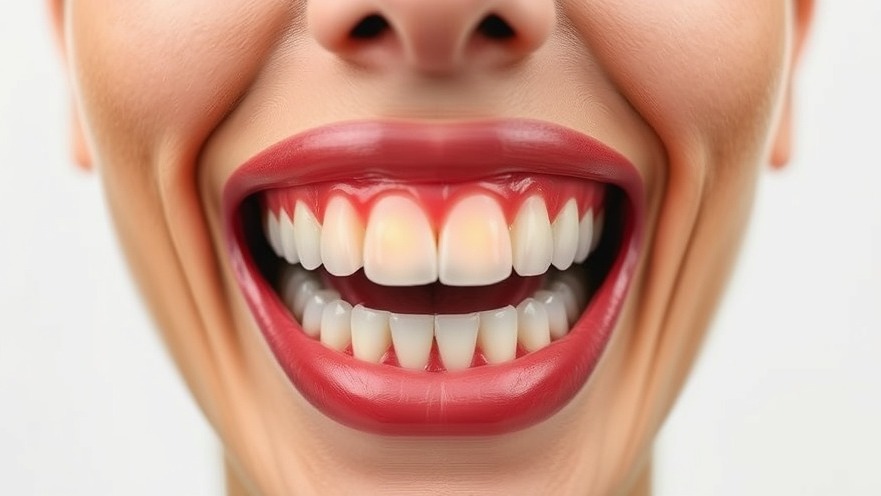
Revolutionizing Elderly Care with Robotics
As the population ages, the demand for effective eldercare solutions has never been more pressing. With the number of older adults in the U.S. projected to rise significantly, innovative technologies are stepping in to bridge the gap, particularly in the realm of mobility assistance. Central to this technological advancement is E-BAR, a groundbreaking mobile robot designed by engineers at MIT.
How E-BAR Works: A New Support System
E-BAR, or Elderly Bodily Assistance Robot, is engineered to provide physical support to the elderly, ensuring they can move throughout their homes safely. The design is simple yet effective; the robot features a set of handlebars that follows users from behind. This allows individuals to maintain their independence while providing the option to lean on the robot for additional stability.
One of the most remarkable features of E-BAR is its ability to assist users in standing or sitting down by lifting their full weight along a natural trajectory. Additionally, if a user begins to fall, the robot deploys rapid side airbags for swift support, which can significantly reduce injury risks associated with falls—a leading cause of injury in those aged 65 and older.
An Urgent Need: The Elder Care Crisis
Today, the median age in the United States stands at 38.9 years, considerably higher than in previous decades, with projections estimating that adults over 65 will increase from 58 million to 82 million by 2050. This demographic shift presents considerable challenges, notably a shortage of caregivers and escalating healthcare costs. As highlighted by MIT’s Harry Asada, “Our design concept is to provide older adults having balance impairment with robotic handlebars for stabilizing their body.”
Future Innovations in Elderly Assistance
Currently operated via remote control, MIT plans to automate E-BAR's functions in the future. This would enable the robot to follow the user autonomously and offer support as needed, a promising developments for elderly care. Moreover, researchers are refining the design to make E-BAR slimmer and more maneuverable, catering to the spatial restrictions many families face in their homes.
Enhancing Mobility and Independence
The growing reliance on technologies like E-BAR underscores an important trend towards empowering seniors to age in place while reducing the burden on caregivers. The underlying message from E-BAR's development is clear: enhancing elderly mobility is crucial not only for individual well-being but also for the healthcare system overall.
Benefits of Understanding Robotics in Eldercare
For individuals recovering from walking or standing, understanding these advancements can guide choices in choosing supportive devices. With the availability of robotics like E-BAR, older adults can gain confidence in their mobility, potentially rediscovering the joy of independence. Moreover, family members can feel reassured knowing that innovative technologies contribute to their loved ones' safety and comfort.
Next Steps in E-BAR’s Journey
As the elderly population continues to expand, proactive approaches like E-BAR demonstrate a commitment to innovative solutions in your life. The designers manage not only to address immediate concerns regarding falls and mobility but also to inspire a new era of robotics that could resonate well beyond elderly care.
Considering the importance of staying active as we age, the fusion of technology with physical health is paramount. As products like E-BAR advance, they offer valuable insights into the kinds of tools that can enhance the quality of life for our aging population. Embracing such innovation means not only prioritizing our elders' mobility and safety but ultimately fostering a supportive society for all.
Interested in learning more about how technology impacts elder care? Consider exploring with a focus on smart insoles or advancements in wearable devices to support mobility and health. Together, we can break new ground in promoting independence and safety for the elderly.
 Add Row
Add Row  Add
Add 




Write A Comment